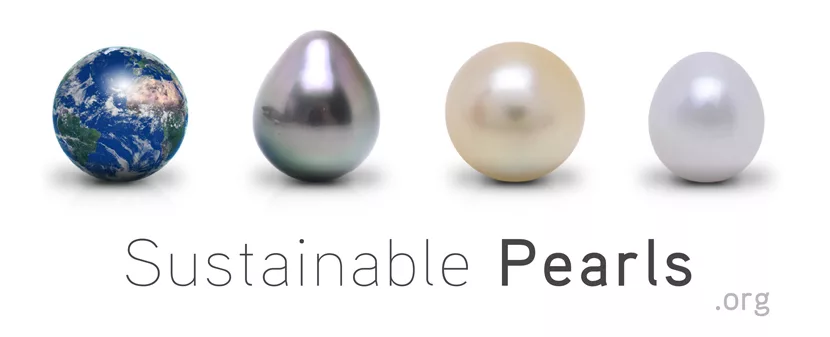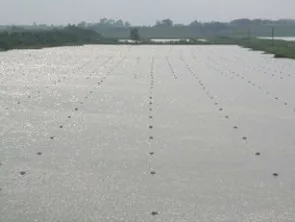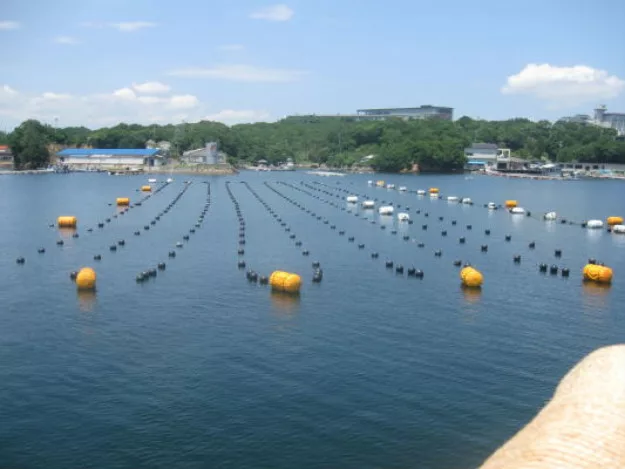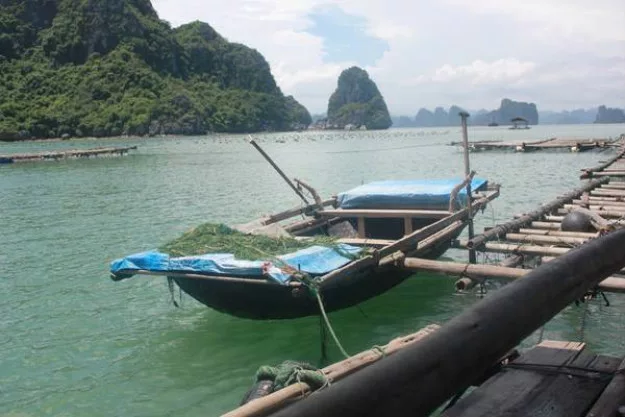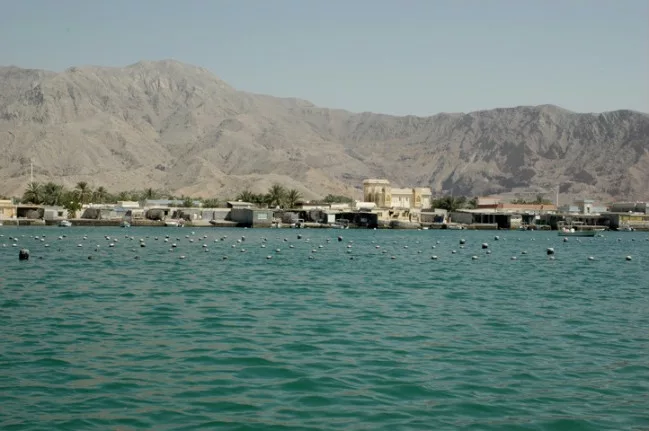Akoya cultured pearls
Freshwater cultured pearls are cultivated in mussels in rivers, lakes and ponds. First cultivated in Japan, the emergence of China and it’s enormous production of freshwater cultured pearls has changed the pearl trade in the past decades.
Freshwater cultured pearls can be separated from marine cultured pearls due to the higher Manganese (Mn2+) concentrations in them. Freshwater cultured pearls are usually grown in the mantle rather than in the ‚pearl pocket’ (the norm for marine pearl oysters). The vast majority of freshwater cultured pearls are non-beaded, this means that no nucleus is required for formation of the pearl. Recent developments in Chinese pearling have brought large beaded cultured pearls, called Ming pearls, to the market.
The two main mussel species that produce freshwater cultured pearls are Hyriopsis Cumingi and Hyropsis Schlegeli. One mussel can produce as many as 50 pearls.
Chinese freshwater cultured pearls have considerably changed the pearl trade. Produced in large quantities, they have opened up completely new markets through their affordability. Minor production still exists in Japan (e.g. lakes Biwa and Kasumigaura) and the United States.
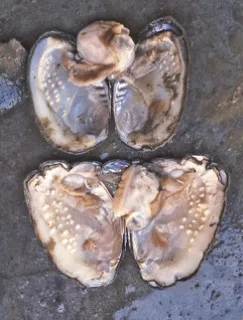
Around the world
Freshwater pearl farming regions
Click on the region to learn more
More Pearl types
Marine cultured pearls
Click on the pearl type to learn more
